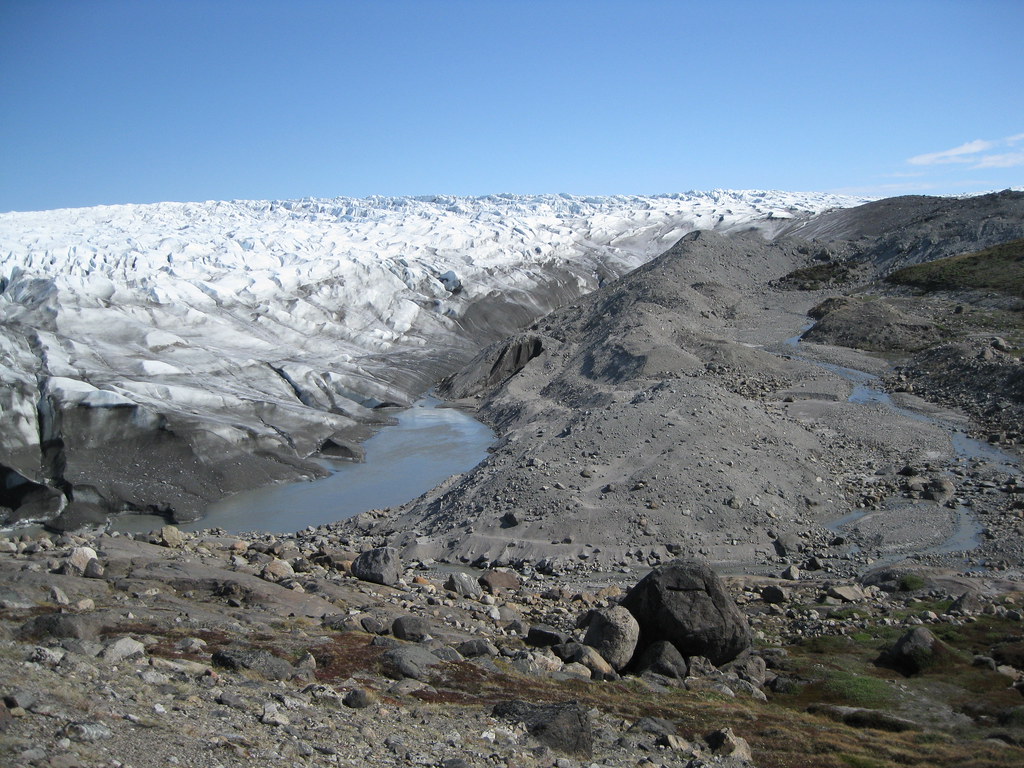Featured image: Gravel and rocks crushed by the Greenland Ice Sheet. Image courtesy PennStateNews, used with permission.
Paper: Large subglacial source of mercury from the southwestern margin of the Greenland Ice Sheet
Authors: Jon R. Hawkings, Benjamin S. Linhoff, Jemma L. Wadham, Marek Stibal, Carl H. Lamborg, Gregory T. Carling, Guillaume Lamarche-Gagnon, Tyler J. Kohler, Rachael Ward, Katharine R. Hendry, Lukáš Falteisek, Anne M. Kellerman, Karen A. Cameron, Jade E. Hatton, Sarah Tingey, Amy D. Holt, Petra Vinšová, Stefan Hofer, Marie Bulínová, Tomáš Větrovský, Lorenz Meire, Robert G. M. Spencer
The Greenland Ice Sheet is melting at an astounding rate as our planet continues to warm. Mercury levels in the glacial meltwater traveling into the ocean are the highest levels ever measured in natural systems and rival heavily polluted rivers in Asia. By measuring and tracing mercury in the meltwater, Hawkings and coworkers estimated that the Greenland Ice Sheet contributes up to 10% of all mercury found in Earth’s Oceans today. Where is this mercury coming from within the Greenland Ice Sheet? It is not actually coming from the ice itself, but rather the rocks that have been crushed under the immense weight of the Ice Sheet over thousands of years.
Continue reading “Mercury on the Move”
